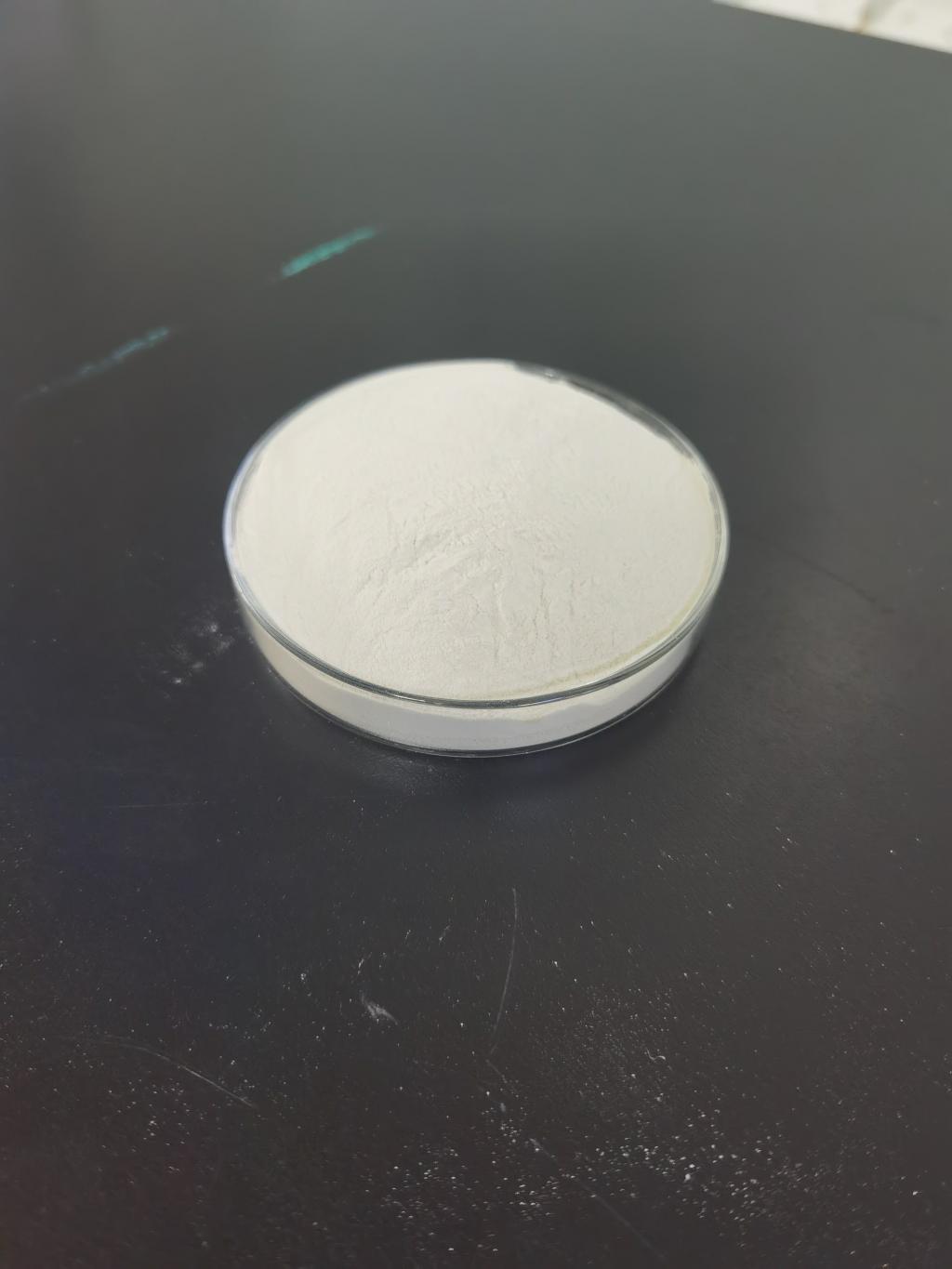
 CONTACT
CONTACT
- Linkman:Linda Yao
- Tel: +8618231198596
- Email:linda.yao@dcpharma.cn
- Linkman:CHARLES.WANG
- Department:Overseas
- Tel: 0086 0311-85537378 0086 0311-85539701
Nisin's impact on food texture and flavor.
TIME:2024-05-17
Nisin, a naturally occurring antimicrobial peptide produced by certain strains of lactic acid bacteria, has long been recognized for its preservative effects in food products. However, beyond its antimicrobial properties, nisin also exerts a significant influence on food texture and flavor. As consumers increasingly demand foods that not only taste great but also have appealing textures and mouthfeel, the role of nisin in enhancing food quality has garnered attention from food manufacturers and researchers alike. This article delves into the multifaceted impact of nisin on food texture and flavor, exploring the mechanisms underlying its effects and practical applications in various food products.
Nisin's Influence on Food Texture:
-
Preservation of Texture: One of the key challenges in food preservation is maintaining the desired texture and consistency of the product over time. Nisin's antimicrobial activity against spoilage bacteria and fungi helps prevent microbial degradation of food components, thereby preserving the texture and structural integrity of foods such as dairy products, meats, and baked goods.
-
Control of Microbial Spoilage: Microbial spoilage can lead to undesirable changes in food texture, such as softening, sliminess, or off-putting odors. By inhibiting the growth of spoilage microorganisms, nisin helps maintain the freshness and firmness of foods, prolonging their shelf life and preserving their desired texture.
-
Reduction of Syneresis: In dairy products such as cheese and yogurt, syneresis—the release of whey or liquid from the curd—can affect texture and mouthfeel. Nisin's ability to inhibit the growth of lactic acid bacteria responsible for excessive fermentation can help reduce syneresis and improve the creamy, smooth texture of these products.
-
Enhancement of Stability: Nisin can improve the stability of emulsions, foams, and gels in food formulations by inhibiting the growth of spoilage microorganisms that contribute to texture degradation. This enhances the overall stability and consistency of food products, leading to a more pleasing sensory experience for consumers.
Nisin's Influence on Food Flavor:
-
Preservation of Freshness: Microbial spoilage can lead to off-flavors and odors in food products, compromising their sensory quality. By inhibiting the growth of spoilage microorganisms, nisin helps preserve the freshness and natural flavor of foods, ensuring a more enjoyable eating experience for consumers.
-
Reduction of Rancidity: Lipid oxidation can result in the development of rancid flavors and odors in fatty foods such as meats, nuts, and oils. Nisin's antioxidant activity, coupled with its antimicrobial properties, helps inhibit lipid oxidation and reduce the formation of off-flavors, contributing to the overall flavor stability of food products.
-
Enhancement of Umami: Umami, often referred to as the fifth taste, is characterized by a savory, meaty flavor profile that enhances overall taste perception. Nisin's ability to inhibit the growth of certain bacteria involved in the breakdown of proteins and peptides can help preserve and enhance the natural umami flavor of foods such as meats, soups, and sauces.
-
Masking of Bitterness: Some foods and ingredients may exhibit bitter flavors that are undesirable to consumers. Nisin's interaction with bitter-tasting compounds can help mask bitterness and improve the overall flavor profile of foods, making them more palatable and appealing to a wider audience.
Practical Applications of Nisin in Food Products:
-
Dairy Products: Nisin is commonly used in dairy products such as cheese, yogurt, and sour cream to inhibit the growth of spoilage bacteria and extend shelf life while preserving texture and flavor.
-
Meat and Poultry: Nisin can be incorporated into meat and poultry products such as deli meats, sausages, and canned meats to prevent microbial spoilage, maintain freshness, and enhance flavor.
-
Bakery Products: Nisin is added to bakery products such as bread, pastries, and cakes to inhibit mold growth, prolong shelf life, and preserve the softness and freshness of the products.
-
Ready-to-Eat Meals: Nisin can be included in ready-to-eat meals, soups, and sauces to prevent microbial contamination, maintain texture and flavor, and ensure product safety and quality during storage and distribution.
Considerations for the Use of Nisin in Food Products:
-
Regulatory Approval: The use of nisin in food products is subject to regulatory approval in many countries, and manufacturers must ensure compliance with relevant regulations and guidelines.
-
Optimal Concentration: The effective concentration of nisin in food products may vary depending on factors such as pH, temperature, and the presence of other ingredients. Manufacturers should conduct appropriate testing to determine the optimal concentration for each application.
-
Compatibility with Other Ingredients: Nisin may interact with certain food ingredients or processing conditions, potentially affecting product quality or safety. Compatibility testing should be conducted to assess the stability and performance of nisin in various formulations.
Conclusion:
Nisin's impact on food texture and flavor extends beyond its role as a preservative, influencing the sensory quality and overall eating experience of a wide range of food products. By preserving texture, enhancing flavor, and improving the overall sensory appeal of foods, nisin contributes to consumer satisfaction and brand loyalty. With its proven efficacy and versatile applications in various food products, nisin continues to play a pivotal role in the food industry, driving innovation and advancing the development of delicious, nutritious, and appealing foods for consumers around the world.
- Tel:+8618231198596
- Whatsapp:18231198596
- Chat With Skype







